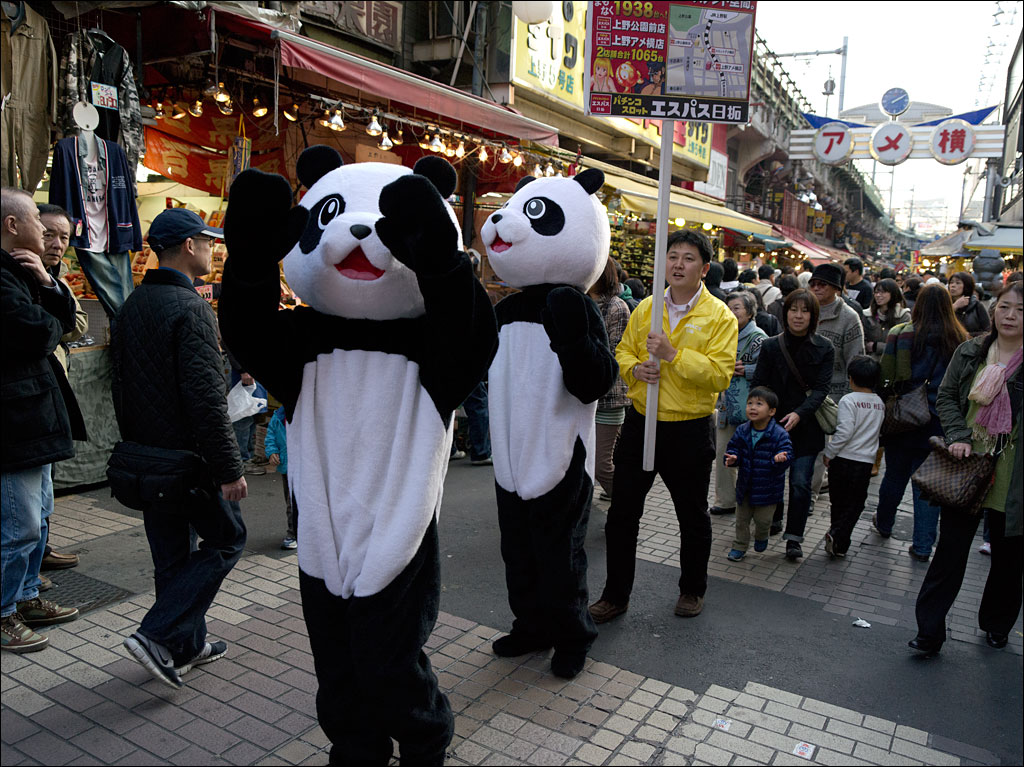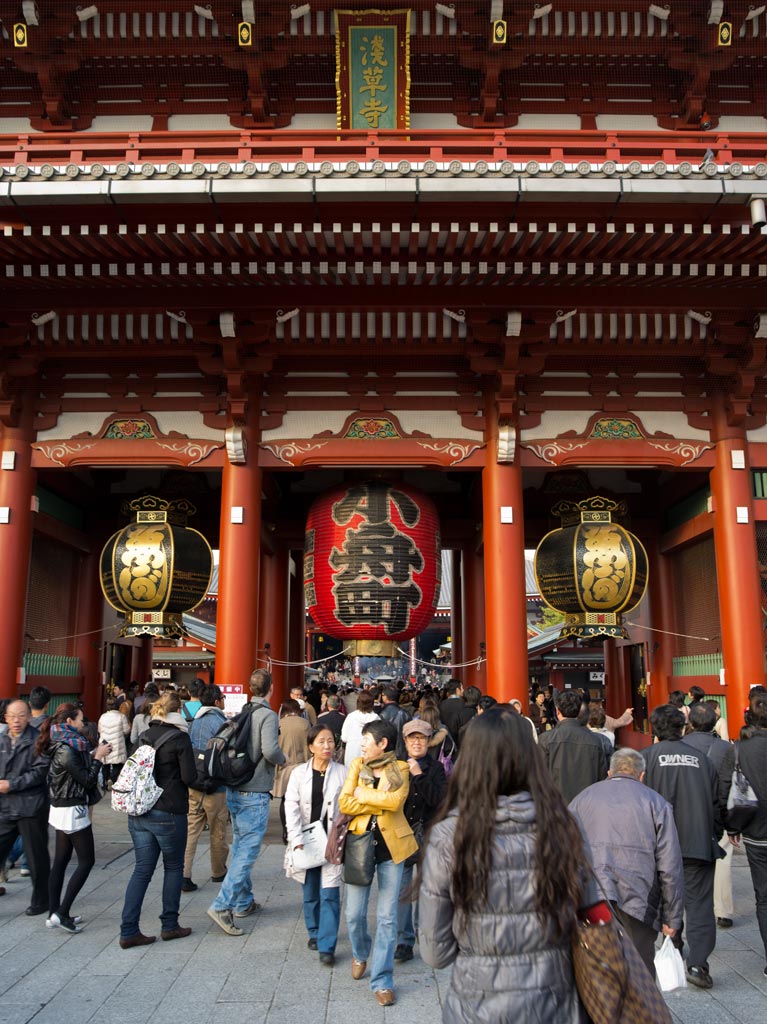Hi All,
Longtime lurker but new to forum. Go easy on me.
So I've been a Canon shooter dating back over a decade. Happy and the system just works for me for my needs. Over the past few years I've always noticed my SOOC skin tones in RAW always have a bit of red to them, not a lot,just a tiny little hint of red. From my conversations with other Photogs and reading up online all over,seems like thats a Canon thing. I don't so much understand the technical aspect behind it,but I roll with it and edit it out.
No,its not my monitor (I have a calibrator and calibrate my monitor regularly) or editing, and I'm not color blind.
This has been ongoing through a few Canon bodies and a few monitors.
So what does that have to do with the title ?
I've always been an admirer of the imagery that I see coming from Medium Format cameras;such as Pentax,Hassies, Mamiyas, the Leicas to name a few (there are quite more).
The sharpness, the color tones (especially), the details, I always find interesting to me. In the past I was able to get my hands on Mamiya 645 body with a digital back to use in the studio environment and I found it to be both filled with Pros and Cons. Recently I've been looking into some camera bodies entertaining the thought that I might get myself one.
If I'm ever going to be using such a camera for it would be for portraits, some landscape, possibly some product photography and studio work (real studio, not a patio at home).
I'm interested in getting some feedback.
Here is the Question ? ----->How does any Medium Format setup under 8 grand perform better than my Canon 5D4, aside from those tones. You can chime in regardless on what your system as long as its digital not film.
Pros of Canon 5D4 (and why I should just forget even thinking about looking at Medium Format as some may say its not for me) : 30 megapixel sensor, 61 focus point, iso 102k (can shoot at night at decent shutter speeds and not worry about a tripod) FAST, weather sealed, 5 stops of exposure comp,dual memory slots, amazing clarity on the LCD screen, 7 fps, has video (but don't really care about video). Tons of dealers nationwide and worldwide, fast turnaround service on anything that needs to be fixed and you can get a loaner body sometimes on the house or for a really low rate. There are Cons of course, cant think of any in comparison to a Medium Format setup within the range of $8k setup i.e. at this moment.
Cons of Medium Format setups: SLOW, SLOW, SLOW! Only good for studio work and shooting tethered, goooood luck trying to shoot a wedding with it, or any sports, or anything of non commercial or advertisement purposes. Advertising or Commercial shoot ? You will have to be mostly sitting on a tripod and every little shot has to be thought out thoroughly through (tongue twister). ISO beyond 800 ? not happening (besides the Fuji GFX,Leica S,Pentax 645Z, the H5D-50C, IQ250, IQ150....on CMOS not CCD but I did say bodies UNDER $8 grand not over so these don't count). Not weather sealed, good luck in harsh weather conditions. One memory slot (like you'd need more with those slow writing speeds). Screen clarity pure garbage (unless you're on something modern 2013-2017 again exceeding the budget of $8k). Focus points ? What focus points ? You're either in focus or not. Shooting at night or handheld ? Yeah right, thats not happening,pull out that tripod sonny. How many fps ? Not even worth discussing. You can only use it for specific things. Like bragging rights you're shooting on a Medium Format setup (that was total pun). When you need something fixed guess what you are SOL. You've only got a handful of dealers and they know there is only a few of them, so you will have to pucker up a large chunk of Ben Franklins and be at the mercy of them giving you a good deal to fix whatever the issue could be. Aside from that, none of these dealers have to give you deals on the bodies or digital backs because once again it's not a big competition (Under 100 of these dealers worldwide probably)
I already mentioned the pros of the medium format before,but the cons are big. So am I only kidding myself for the desire of a Medium Format system or I could possibly get it together and make it work. Could a Medium Format system under $8k trump my Canon 5D4 in anything ? Is there anything thats pretty damn good as a whole kit. Thats including glass and digital back as part of the setup.
Someone reading this would probably say Canon fanboy already made up their mind, wasting valuable reading space on the forum. That is not so, I'm 100% have not made up mind in fact just looking to learn more than can beneficial to finding what will work for me.
Shine some light if I'm wrong or see things wrong. I'm curious to get some peoples take on things. Saying something like "Go to hell" is not a helpful answer. So try to be a little more elaborative by maybe " Go to hell, but this is why Medium Format under $8k could work for you, reason 1, 2, 3"
Thanks for reading and hope I can get some people to chime in.
Longtime lurker but new to forum. Go easy on me.
So I've been a Canon shooter dating back over a decade. Happy and the system just works for me for my needs. Over the past few years I've always noticed my SOOC skin tones in RAW always have a bit of red to them, not a lot,just a tiny little hint of red. From my conversations with other Photogs and reading up online all over,seems like thats a Canon thing. I don't so much understand the technical aspect behind it,but I roll with it and edit it out.
No,its not my monitor (I have a calibrator and calibrate my monitor regularly) or editing, and I'm not color blind.
This has been ongoing through a few Canon bodies and a few monitors.
So what does that have to do with the title ?
I've always been an admirer of the imagery that I see coming from Medium Format cameras;such as Pentax,Hassies, Mamiyas, the Leicas to name a few (there are quite more).
The sharpness, the color tones (especially), the details, I always find interesting to me. In the past I was able to get my hands on Mamiya 645 body with a digital back to use in the studio environment and I found it to be both filled with Pros and Cons. Recently I've been looking into some camera bodies entertaining the thought that I might get myself one.
If I'm ever going to be using such a camera for it would be for portraits, some landscape, possibly some product photography and studio work (real studio, not a patio at home).
I'm interested in getting some feedback.
Here is the Question ? ----->How does any Medium Format setup under 8 grand perform better than my Canon 5D4, aside from those tones. You can chime in regardless on what your system as long as its digital not film.
Pros of Canon 5D4 (and why I should just forget even thinking about looking at Medium Format as some may say its not for me) : 30 megapixel sensor, 61 focus point, iso 102k (can shoot at night at decent shutter speeds and not worry about a tripod) FAST, weather sealed, 5 stops of exposure comp,dual memory slots, amazing clarity on the LCD screen, 7 fps, has video (but don't really care about video). Tons of dealers nationwide and worldwide, fast turnaround service on anything that needs to be fixed and you can get a loaner body sometimes on the house or for a really low rate. There are Cons of course, cant think of any in comparison to a Medium Format setup within the range of $8k setup i.e. at this moment.
Cons of Medium Format setups: SLOW, SLOW, SLOW! Only good for studio work and shooting tethered, goooood luck trying to shoot a wedding with it, or any sports, or anything of non commercial or advertisement purposes. Advertising or Commercial shoot ? You will have to be mostly sitting on a tripod and every little shot has to be thought out thoroughly through (tongue twister). ISO beyond 800 ? not happening (besides the Fuji GFX,Leica S,Pentax 645Z, the H5D-50C, IQ250, IQ150....on CMOS not CCD but I did say bodies UNDER $8 grand not over so these don't count). Not weather sealed, good luck in harsh weather conditions. One memory slot (like you'd need more with those slow writing speeds). Screen clarity pure garbage (unless you're on something modern 2013-2017 again exceeding the budget of $8k). Focus points ? What focus points ? You're either in focus or not. Shooting at night or handheld ? Yeah right, thats not happening,pull out that tripod sonny. How many fps ? Not even worth discussing. You can only use it for specific things. Like bragging rights you're shooting on a Medium Format setup (that was total pun). When you need something fixed guess what you are SOL. You've only got a handful of dealers and they know there is only a few of them, so you will have to pucker up a large chunk of Ben Franklins and be at the mercy of them giving you a good deal to fix whatever the issue could be. Aside from that, none of these dealers have to give you deals on the bodies or digital backs because once again it's not a big competition (Under 100 of these dealers worldwide probably)
I already mentioned the pros of the medium format before,but the cons are big. So am I only kidding myself for the desire of a Medium Format system or I could possibly get it together and make it work. Could a Medium Format system under $8k trump my Canon 5D4 in anything ? Is there anything thats pretty damn good as a whole kit. Thats including glass and digital back as part of the setup.
Someone reading this would probably say Canon fanboy already made up their mind, wasting valuable reading space on the forum. That is not so, I'm 100% have not made up mind in fact just looking to learn more than can beneficial to finding what will work for me.
Shine some light if I'm wrong or see things wrong. I'm curious to get some peoples take on things. Saying something like "Go to hell" is not a helpful answer. So try to be a little more elaborative by maybe " Go to hell, but this is why Medium Format under $8k could work for you, reason 1, 2, 3"
Thanks for reading and hope I can get some people to chime in.


